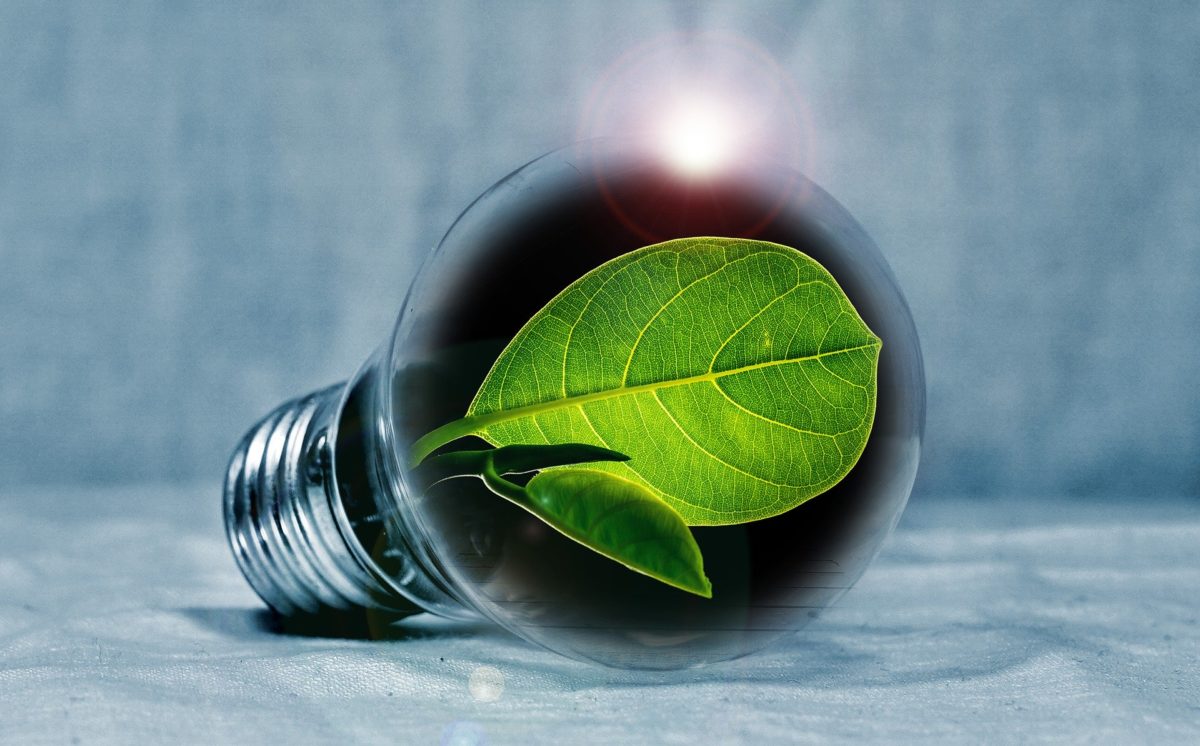Researchers from the Tokyo University of Science and the universities of Okayama, Tsukuba and Kobe are investigating chlorophyll Chl f, the most recently discovered chlorophyll, which has so far only been found in cyanobacteria from wet environments.
The scientists are seeking to gain better insight into the location and function of Chl f in photosystems to understand the process of its photosynthesis, which they believe could have applications in solar cell development.
Far-red light
Previous scientific literature about the chlorophyll showed it is able to absorb far-red light from the lower end of the spectrum, a type of light solar cells are typically unable to absorb. The Japanese research team went further by discovering Chl f is located at the periphery of a photosystem and not present in the electron transfer chain.
The researchers analyzed the alga in Chl f and discovered the far-red light causes structural changes in the photosystem caused by the synthesis of Chl f in the alga.
“Our findings revealed that the appearance of Chl f is well correlated with the expression of photosystem I genes induced under far-red light,” said research coordinator Tatsuya Tomo. “This indicates that Chl f functions to harvest the far-red light and enhance uphill energy transfer.”
Popular content
Reproducing the process
The researchers found the amino acid sequence of the analyzed photosystem was altered and was also able to accommodate the structure of Chl f.
Reproducing photosynthesis artificially, according to the scientists, could lay the ground for more efficient PV devices. “Our research puts forth a mechanism that can use light on the lower energy spectrum, which has never been seen before,” stated the researchers.
The findings of the study are described in the paper Structural basis for the adaptation and function of chlorophyll f in photosystem I, published in Nature.
This content is protected by copyright and may not be reused. If you want to cooperate with us and would like to reuse some of our content, please contact: editors@pv-magazine.com.



By submitting this form you agree to pv magazine using your data for the purposes of publishing your comment.
Your personal data will only be disclosed or otherwise transmitted to third parties for the purposes of spam filtering or if this is necessary for technical maintenance of the website. Any other transfer to third parties will not take place unless this is justified on the basis of applicable data protection regulations or if pv magazine is legally obliged to do so.
You may revoke this consent at any time with effect for the future, in which case your personal data will be deleted immediately. Otherwise, your data will be deleted if pv magazine has processed your request or the purpose of data storage is fulfilled.
Further information on data privacy can be found in our Data Protection Policy.